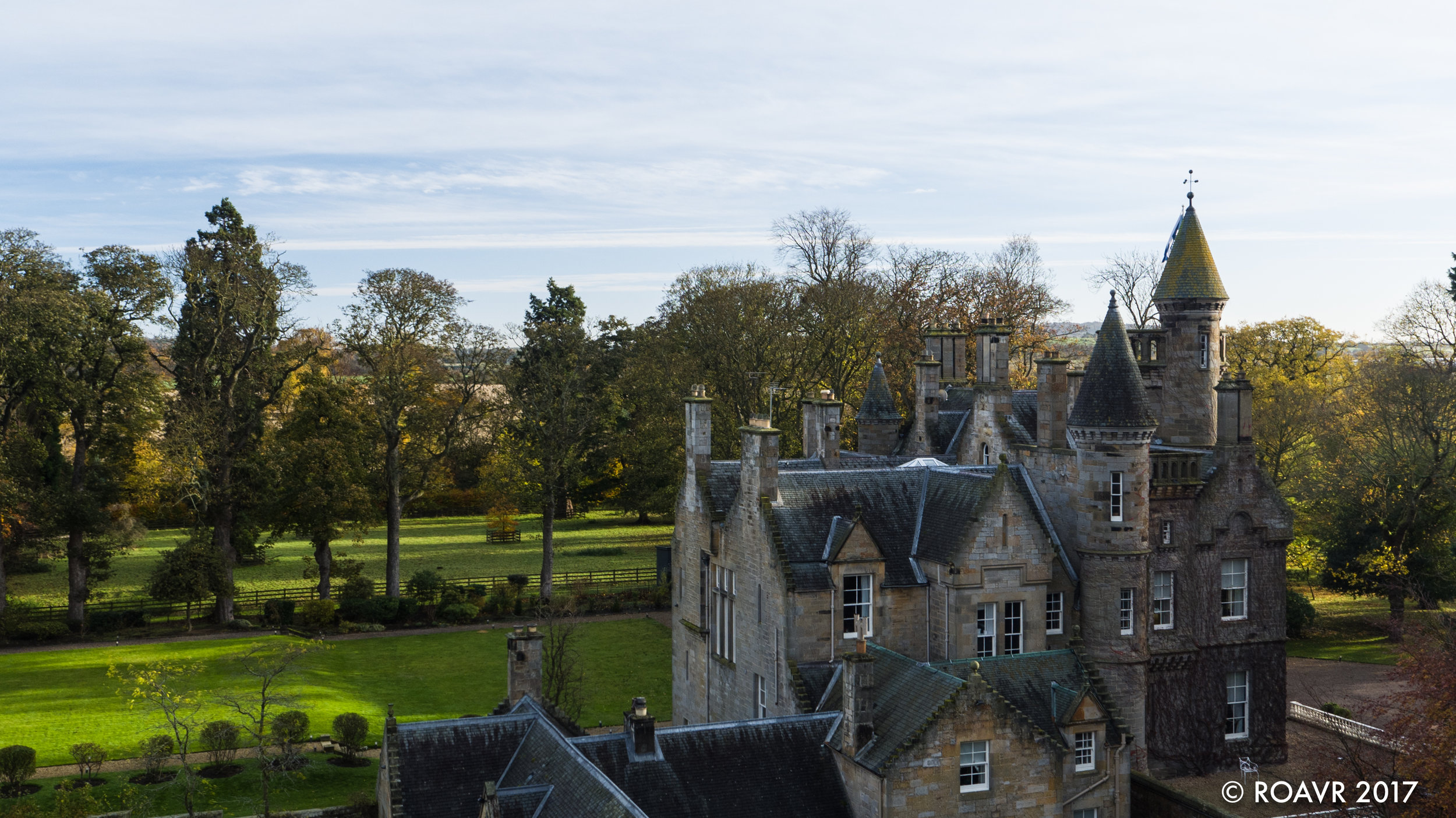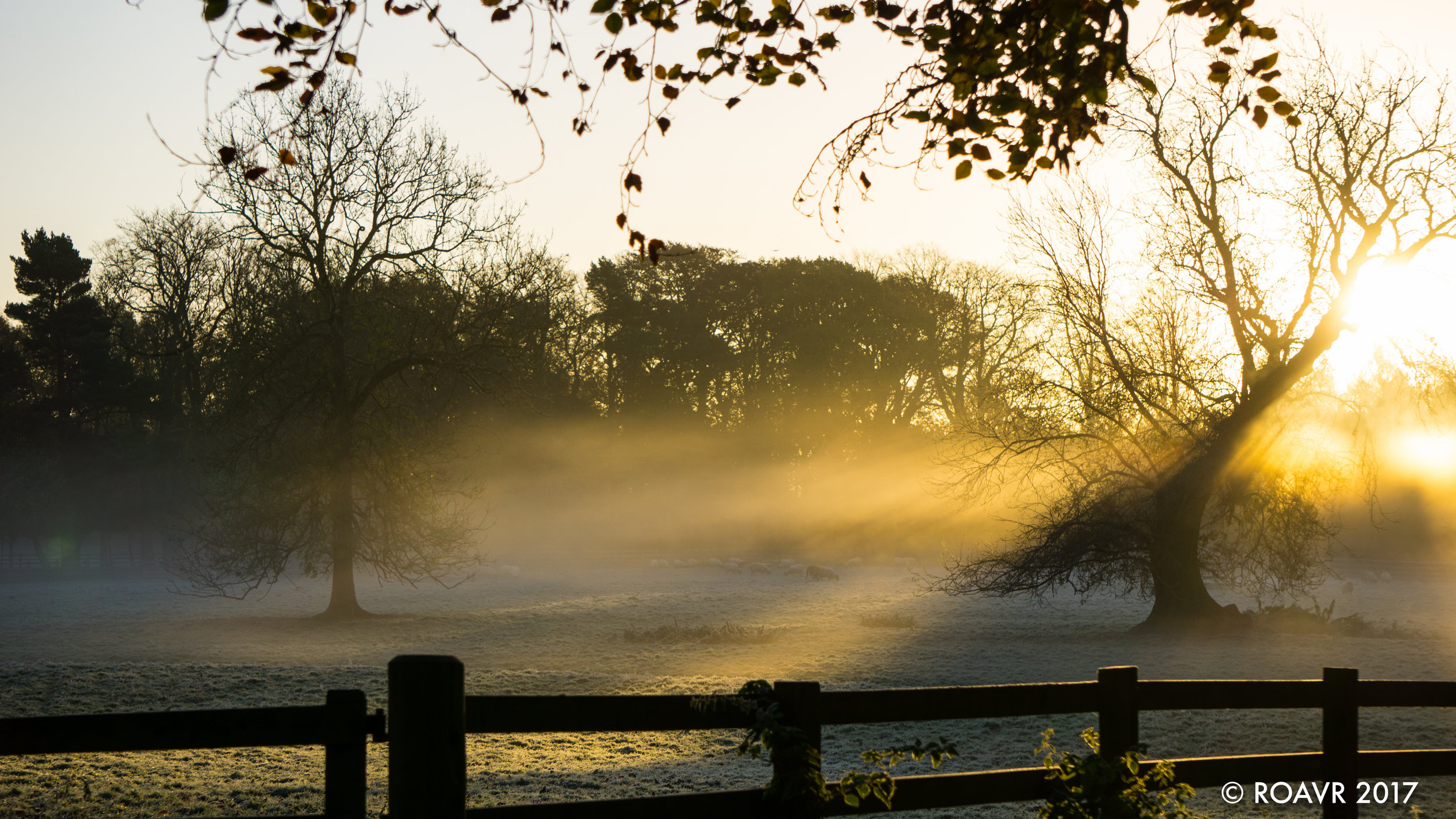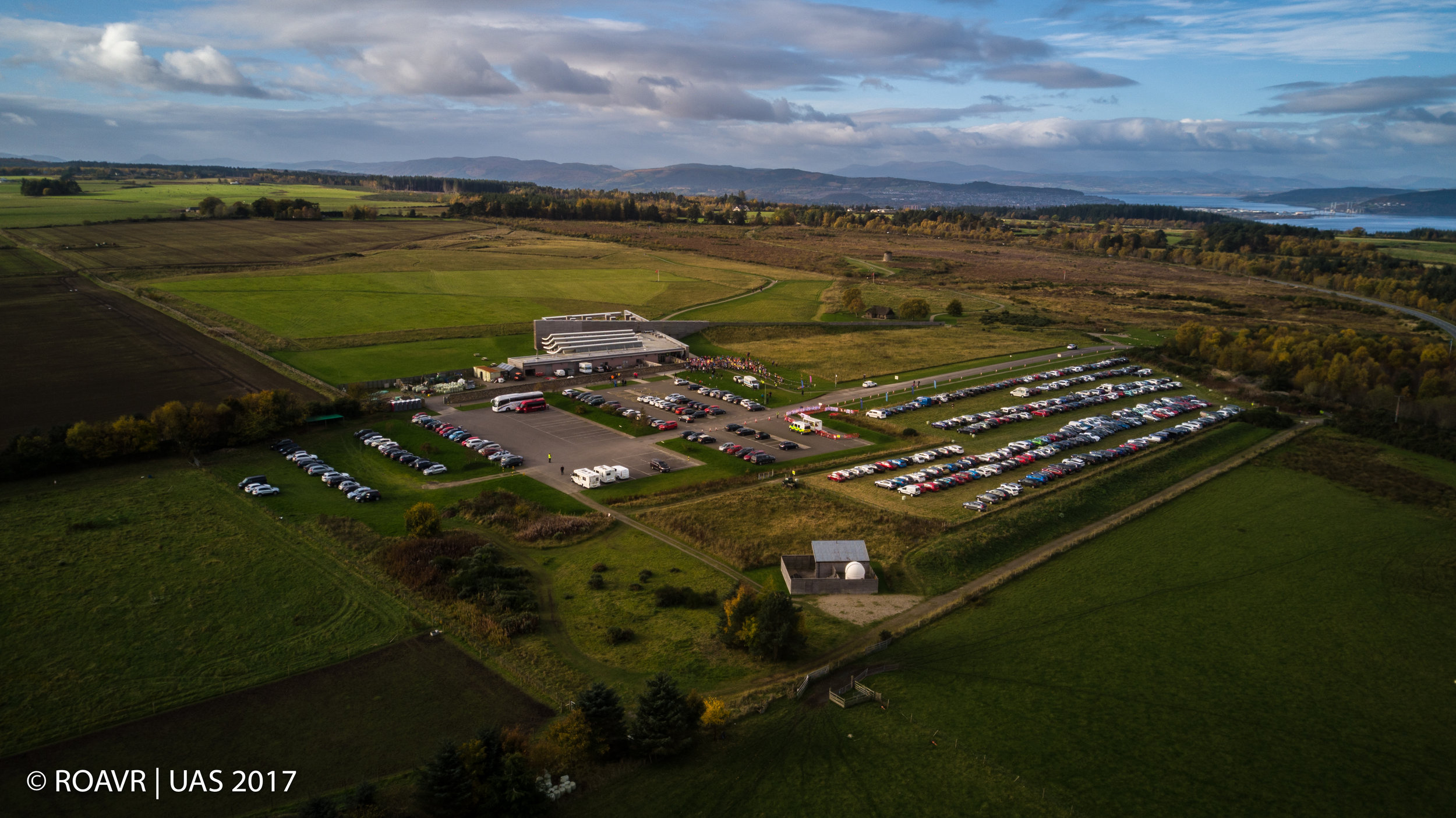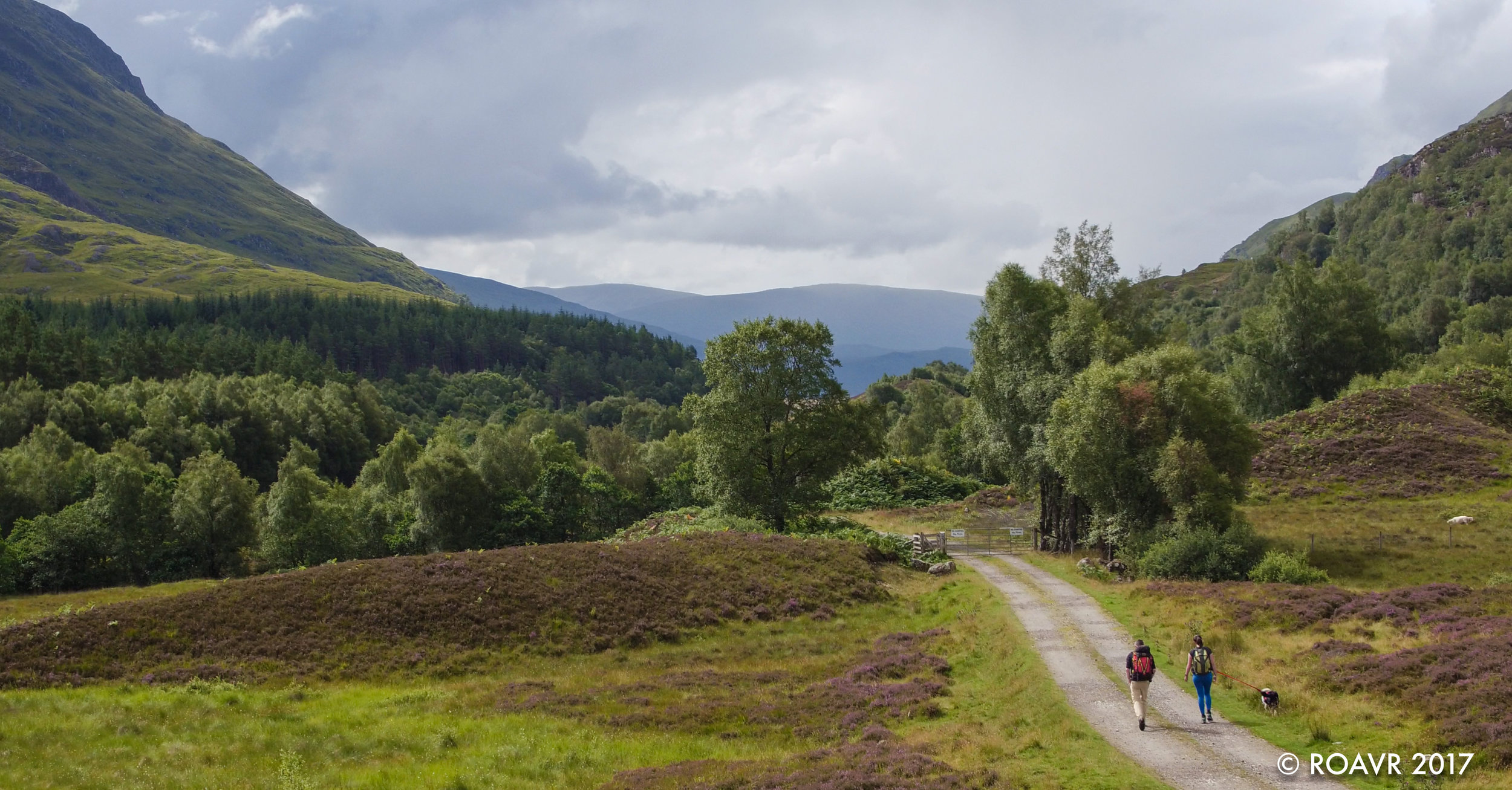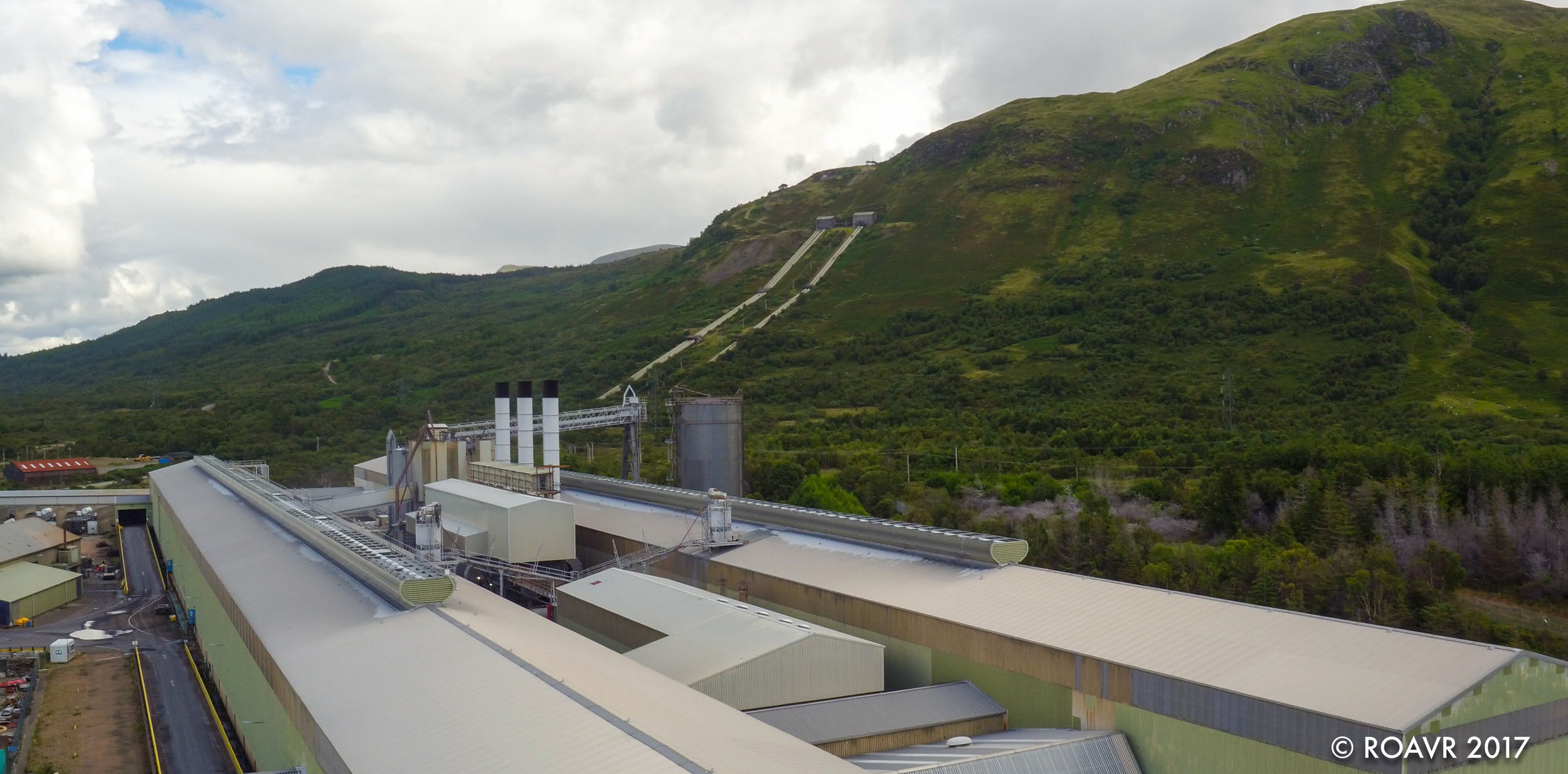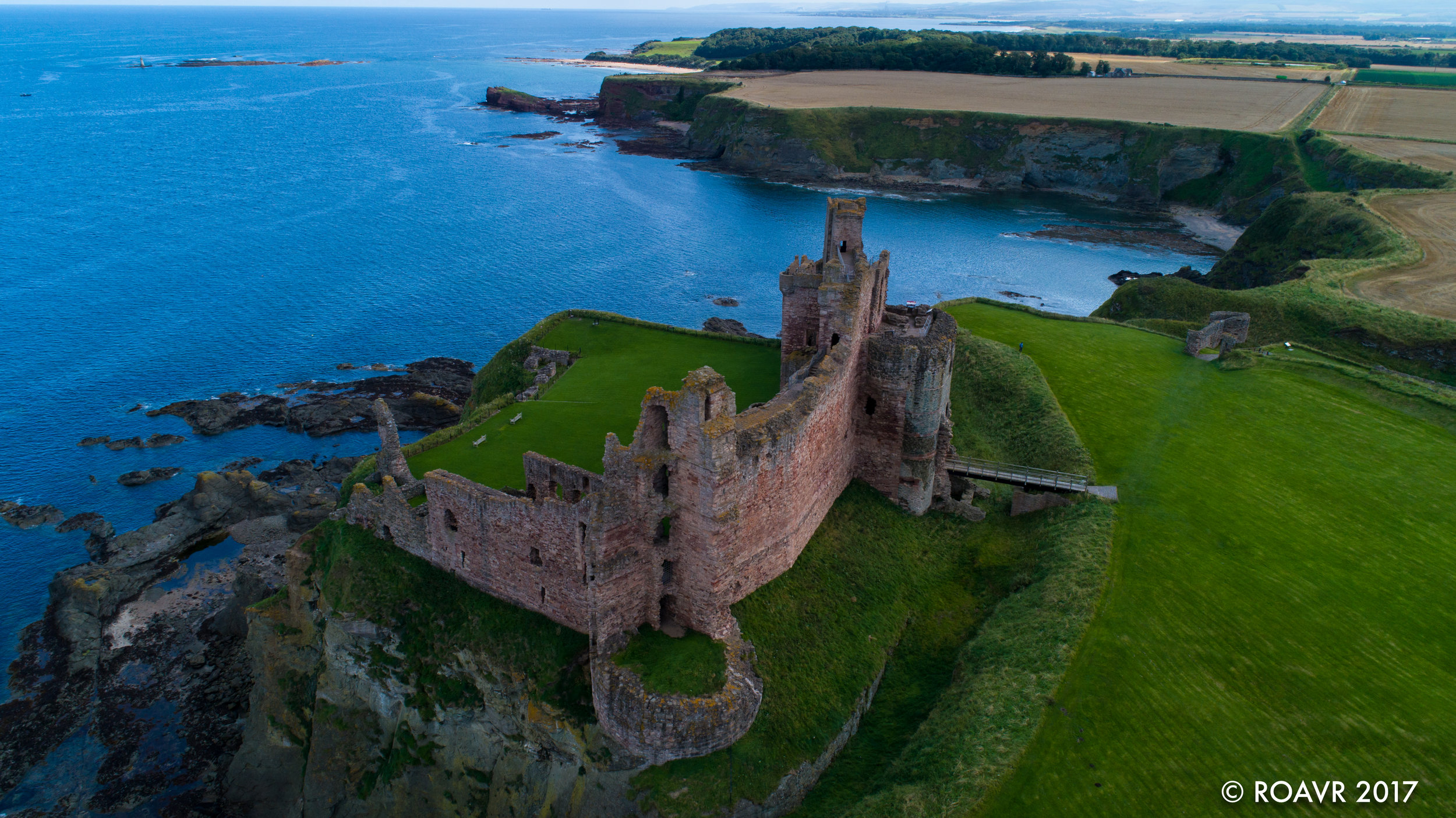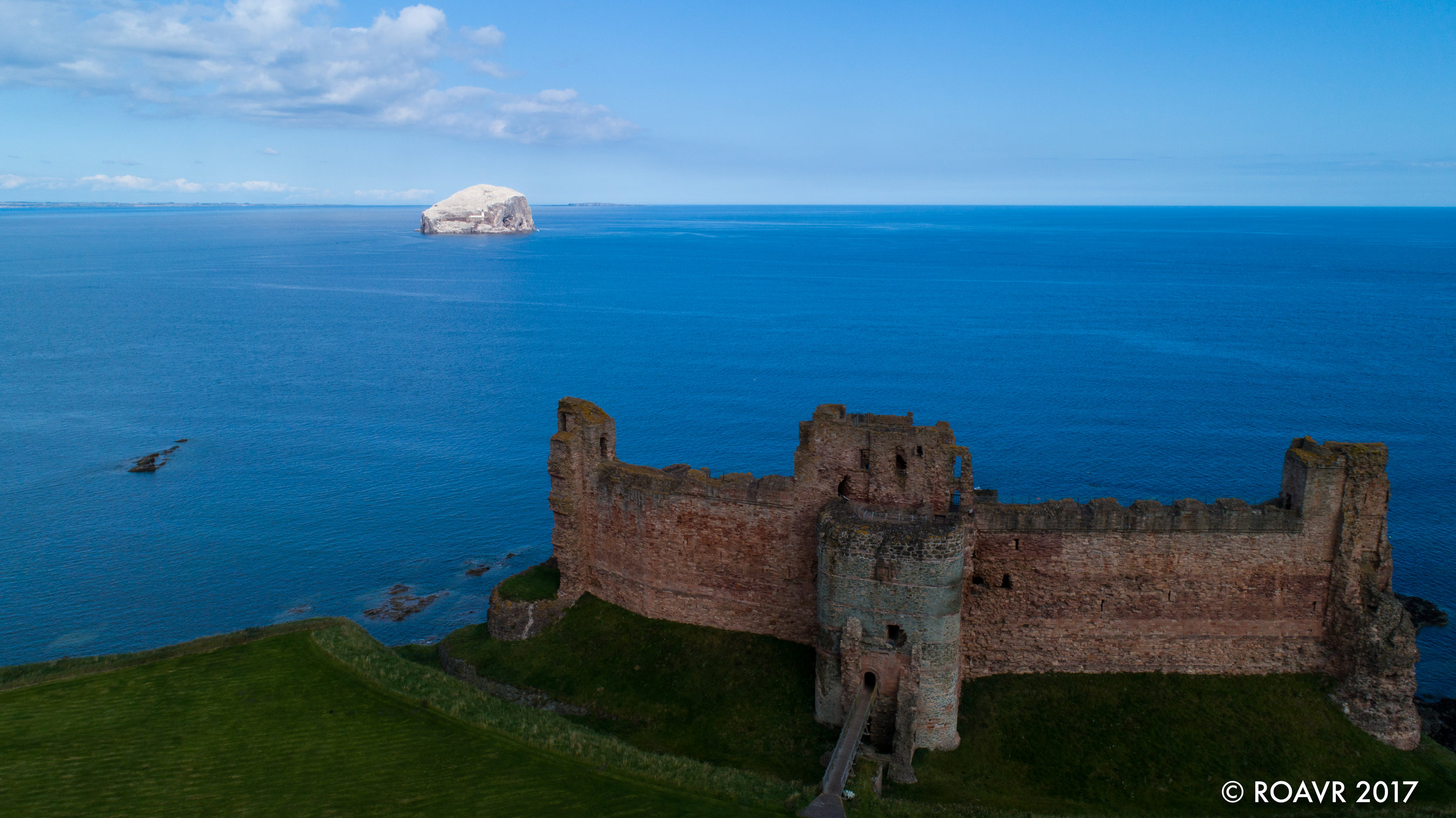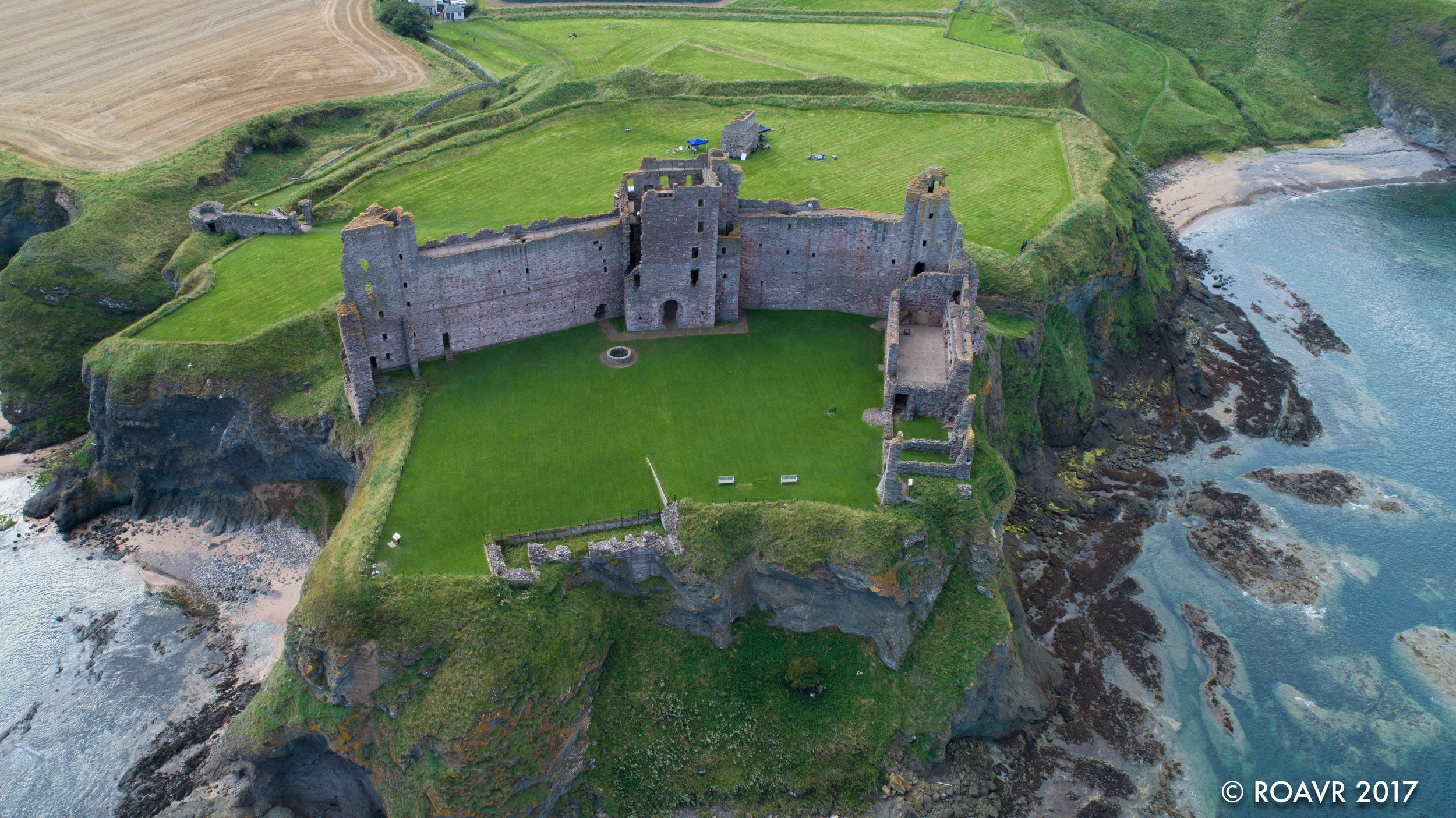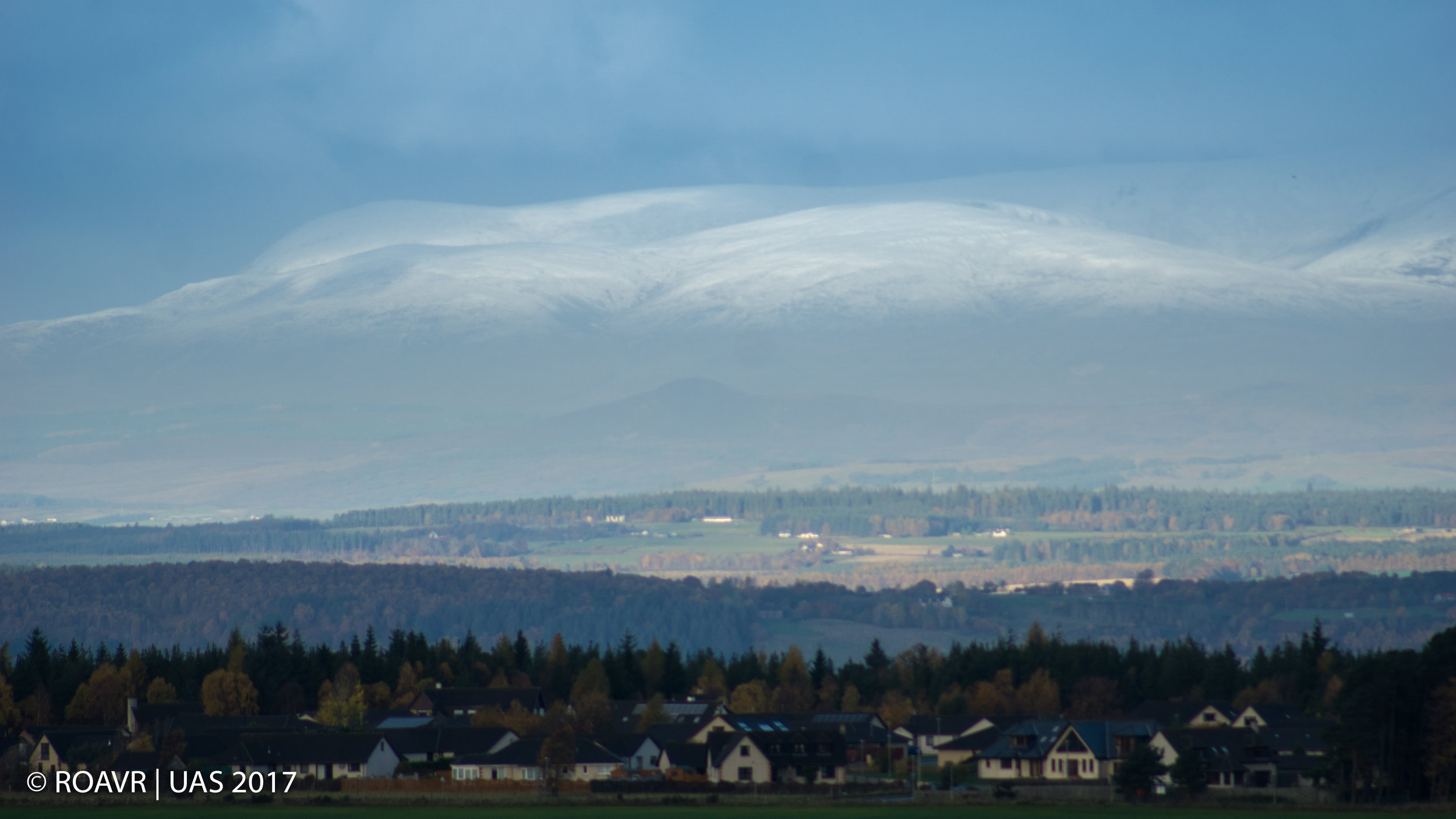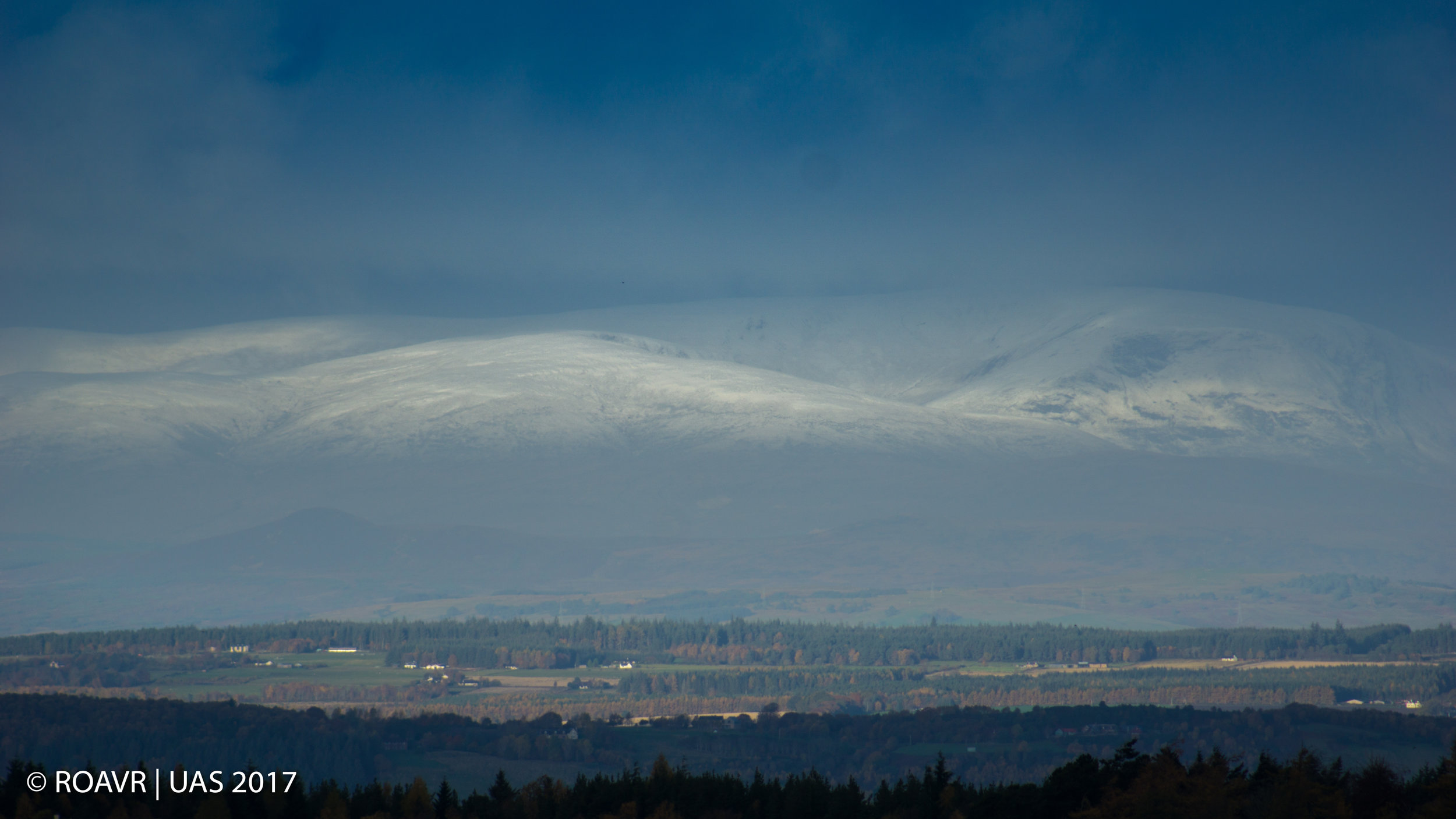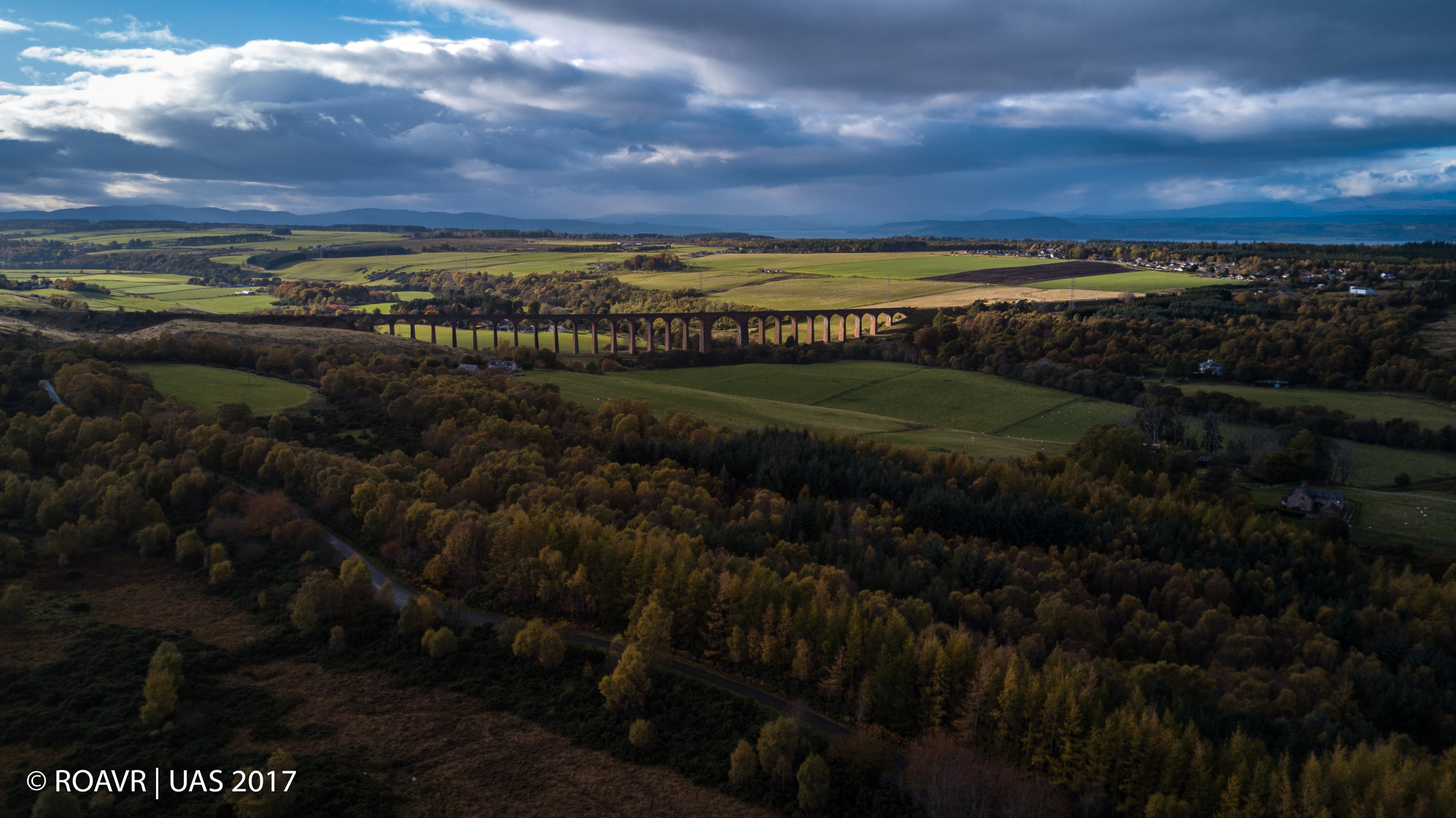In the mid 19th century the Hutchison family commissioned David Rhind to design the castle. He was a prominent Scottish architect, mainly remembered for his public buildings, banks, churches and schools, most of which are now listed buildings.
The Castle was first home to Thomas Hutchison, a wine merchant and his wife Jean Wylie and their 5 children. Their daughter, Isobel Wylie Hutchison took over Carlowrie Castle and became one of Scotland’s most pioneering Arctic travellers, searching for rare plants on her trips. Many of the plants she collected are still in the grounds today and can also be seen at Kew Gardens in London. A polyglot by the time she was an adult she could speak Italian, Gaelic, Greek, Hebrew, Danish, Icelandic, Greenlandic and knew most Inuit words. She kept diaries assiduously throughout her adult life, was an expert sportswoman and in her spare time wrote poetry and painted.
Only two families have owned the castle in its entire history and today the current owners, the Marshalls, have lovingly renovated the Castle to be a modern, luxury venue that is a real hidden gem on Edinburgh’s doorstep.
ROAVR | UAS were on site for Leopard TV as US based production company with full permission from Edinburgh Airport ATC.

